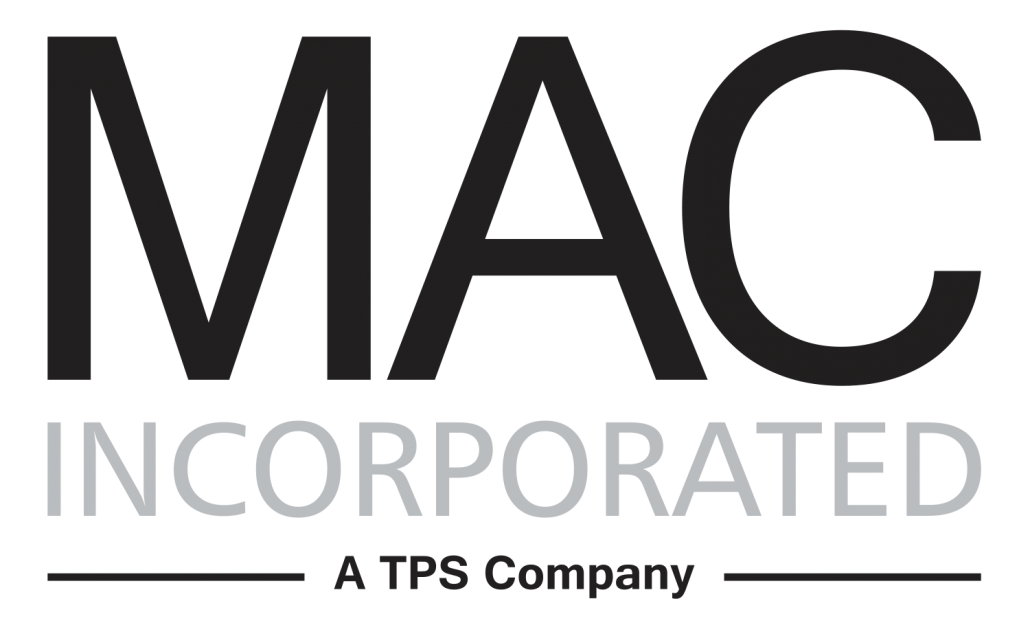OSHA Update—Personal Protective Equipment
As we’ve discussed before when talking about Lockout/Tagout procedures and Machine Safeguarding, hazards exist in the workplace in every shape and form. From sharp edges to falling objects to hazardous chemicals, there are many potentially dangerous situations. Another way the Occupational Safety and Health Administration (OSHA) works to alleviate these situations is by requiring that employers protect employees from workplace hazards by providing personal protective equipment (PPE). Below we’ll discuss PPE requirements, how to conduct a hazard assessment, and the different types of PPE and their uses.
OSHA Regulations:
Under OSHA Title 29 CFR 1910.123(d)(1), employers must:
“Assess the workplace to determine if hazards are present, or are likely to be present, which necessitate the use of personal protective equipment (PPE). If such hazards are present, or likely to be present, the employer shall:
- Select, and have each affected employee use, the types of PPE that will protect the affected employee from the hazards identified in the hazard assessment;
- Communicate selection decisions to each affected employee; and,
- Select PPE that properly fits each affected employee.”
Because the requirement to determine the necessary PPE and enforce its use lies directly on employers, according to Title 29 CFR 1910.123(d)(2) the employer must verify that a workplace hazard assessment has been performed through written certification. The certification must identify the workplace that was evaluated, the person certifying the evaluation has been performed, and the date of the hazard assessment.
How to Perform an Assessment:
The hazard assessment is the first critical step in developing a safety and health program, which is one of the reasons OSHA requires it. Hazards can be physical or health-related, so a comprehensive assessment should include potential hazards in both categories. Begin with a walk-through of your facility to develop a list of anything that could potentially be a safety hazard. Here are a few hazard categories to keep an eye out for:
- Impact
- Compression
- Chemical
- Penetration
- Heat
- Dust
- Radiation
- Light
Also make note of sources of electricity, sources of motion, potential risks for fire, sharp objects, and anywhere where objects may fall or drop. After the walk-through, organize the data so that you can use it to determine what type of protective equipment is needed. After selecting levels of protection for each hazard, type up a report that identifies your workplace, the date of the assessment, and your name or the name of the person conducting the assessment.
Types of PPE
In selecting PPE for your workplace, it’s important to understand the different types of PPE available and the reasons it’s needed. Here are a few of the most common types of PPE.
- Eye and Face Protection
OSHA requires employers to ensure that their employees have eye or face protection if they are exposed to flying particles, molten metal, chemicals, acids, gases, or light radiation. Many eye injuries occur on the job site due to workers not wearing any eye protection. Prescription lenses are not considered adequate PPE. Eyewear should provide unrestricted vision and movement, be durable, comfortable, and cleanable. Some of the most common types of eye and face protection are safety spectacles, goggles, and welding shields.
- Head Protection
Protecting employees from a potential head injury is the most important concern of any safety program since head injuries can be seriously damaging or fatal. Wearing a safety helmet or hard hat is the most common and easiest way to protect an employee from head injury. The key here is to make sure hard hats fit properly and that your employees are wearing them.
- Foot and Leg Protection
If there is a risk of possible injury from falling or rolling objects, then employees need to wear protective footwear. If there’s exposure to hot substances or corrosive materials they must have protective gear to cover any exposed body parts. Foot and leg protection can be anything from leggings to metatarsal guards to toe guards. There are safety shoes available that have heat resistant soles and ones that are nonconductive to protect against electrical hazards.
- Hand and Arm Protection
Protective equipment such as gloves and finger guards protect workers from skin absorption of hazardous substances, chemical burns, cuts, bruises, and electrical dangers. If an employee is going to be working with sustained heat, leather or canvas gloves are appropriate PPE. However, if they are going to be working with chemicals, synthetic rubber gloves protect against highly corrosive acids. Be sure that employees are given the appropriate type of gloves for the work they’re performing. When it comes to workplace safety, gloves aren’t just one size fits all.
Just remember—providing proper PPE is only half of the equation. To ensure the greatest prevention of hazards, you must keep up to date with OSHA regulations and keep employees trained on the proper care and use of personal protective equipment. For more information on PPE and workplace safety, visit OSHA.gov and bookmark the MAC Incorporated blog. As a leading recruiting and staffing firm in the engineering and maintenance industry, MAC Incorporated keeps you up to date on the latest industry regulations and provides customized staffing solutions for your organization.

